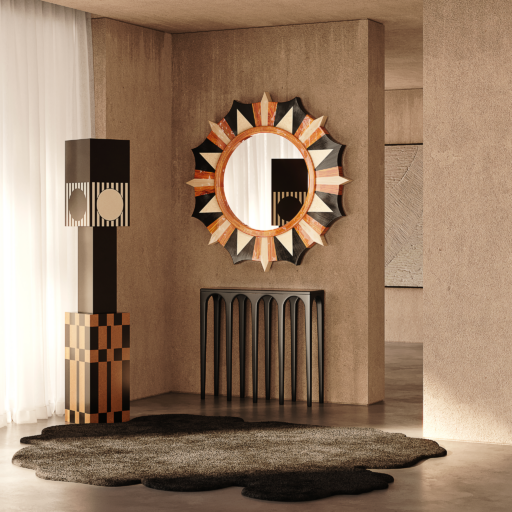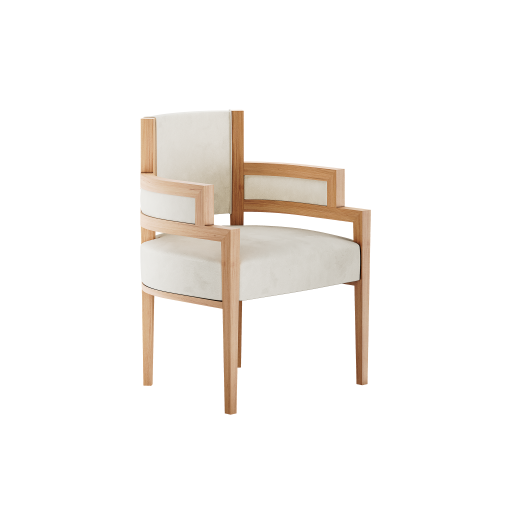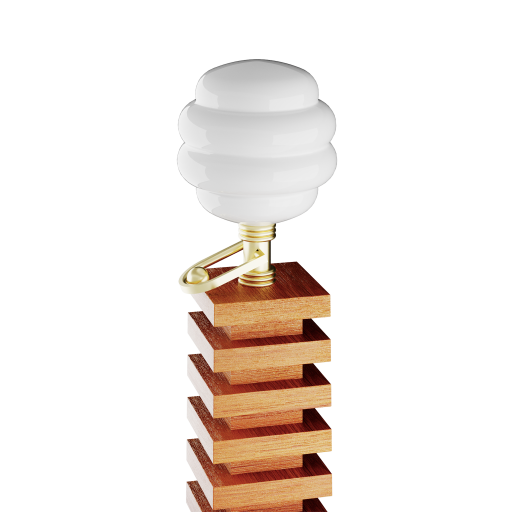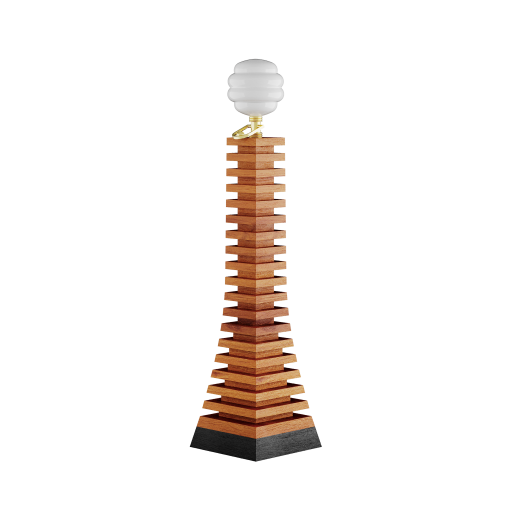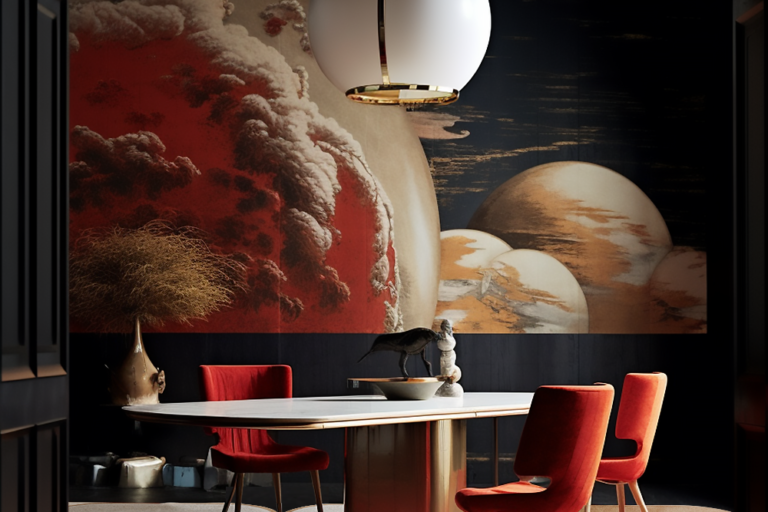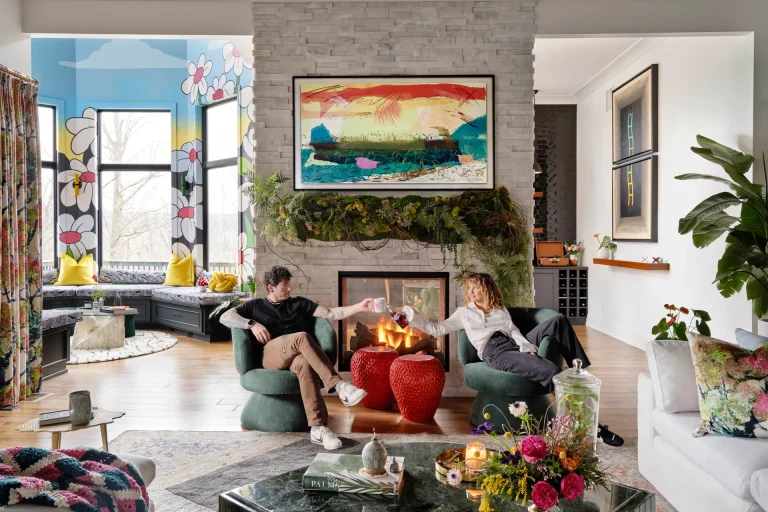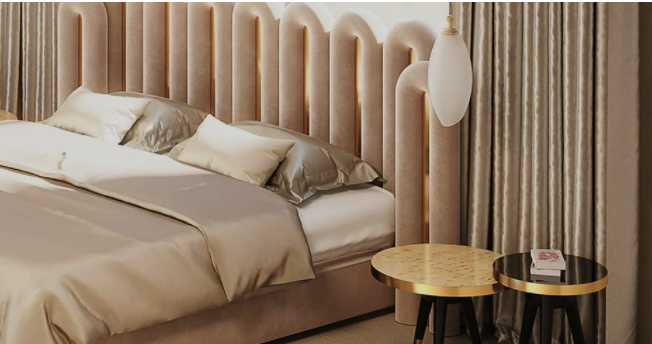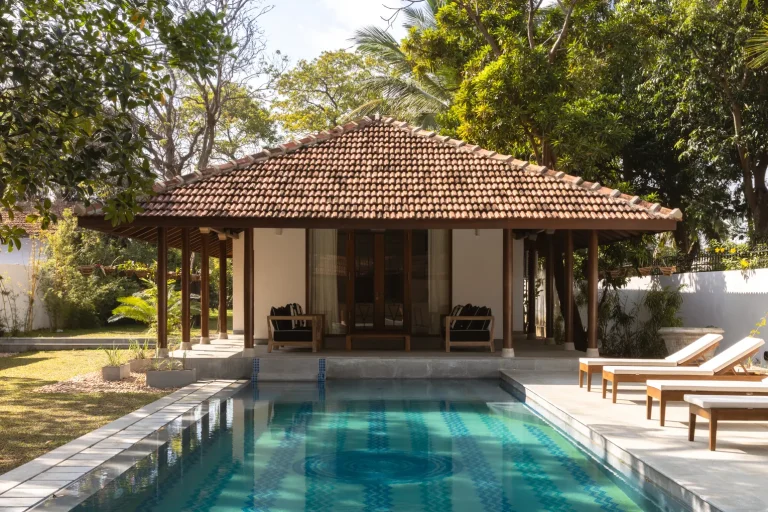Eco brutalism blends raw concrete with nature, creating bold, sustainable designs. Discover how this architectural movement is shaping the future of green cities.
Where Raw Concrete Meets Sustainability
Brutalism has long been associated with stark, monolithic structures, defined by their heavy use of concrete and functional design. While undeniably striking, traditional brutalist architecture has often faced criticism for its harsh aesthetics and environmental impact. However, a new evolution of this style—eco brutalism—is redefining the movement by introducing sustainability, greenery, and biophilic principles.
At its core, eco brutalism seeks to balance brutalism’s bold, geometric forms with elements that promote environmental responsibility. Rather than isolating structures from nature, this approach integrates greenery, recycled materials, and energy-efficient solutions into urban architecture. The result is a movement that maintains brutalism’s raw power while addressing modern sustainability concerns.
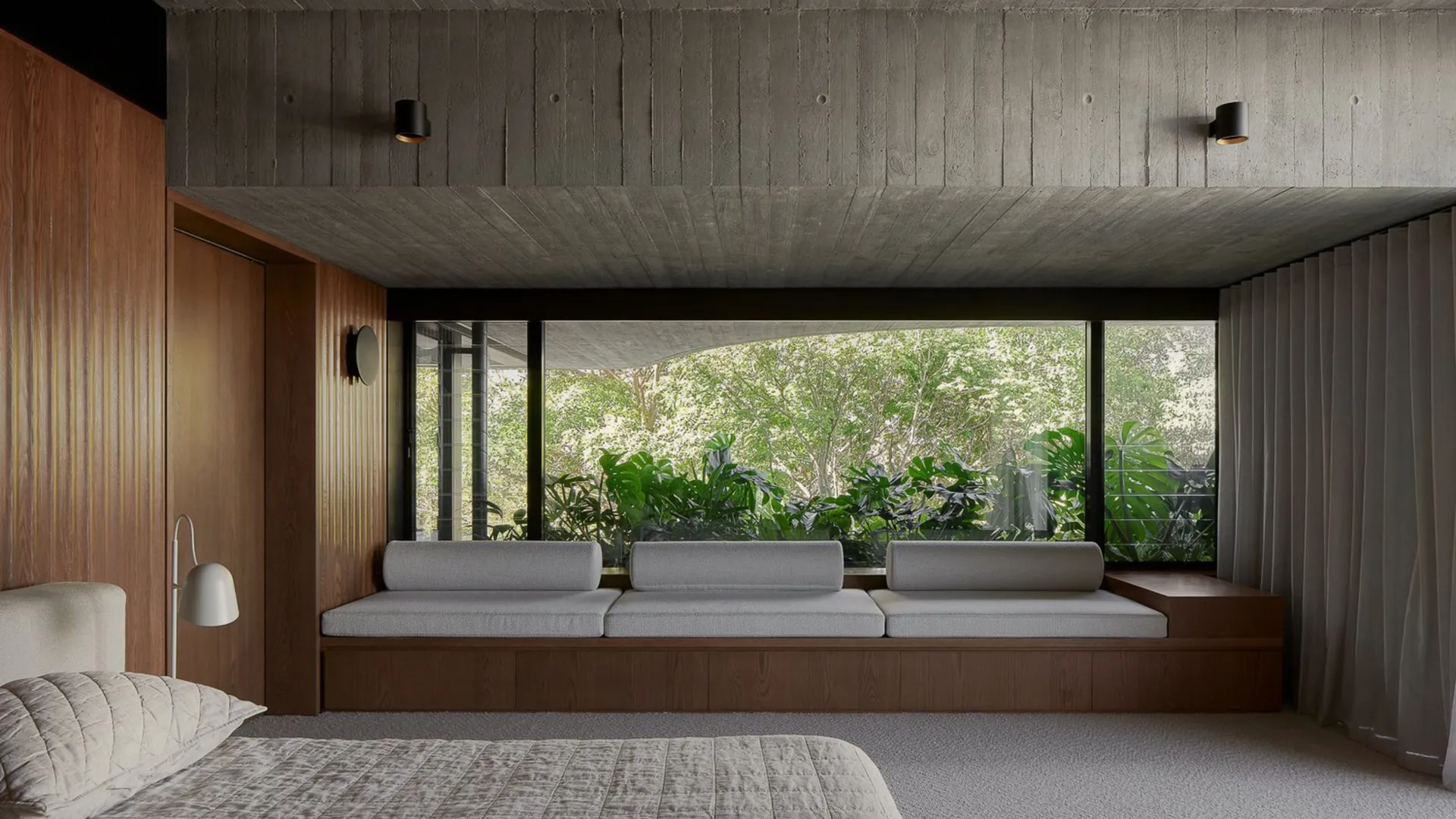
This innovative architectural trend is gaining traction as cities seek to create more eco-conscious urban environments. By blending natural and industrial elements, eco brutalism offers a bold yet environmentally responsible solution to contemporary design challenges.
In this article, we’ll explore eco brutalism, how it’s applied in modern architecture, and why it represents the future of sustainable urban development.
What is Eco Brutalism?
Eco-brutalism is an architectural movement that merges brutalist design with sustainability. While traditional brutalism is known for raw concrete, geometric structures, and an emphasis on function, eco-brutalism softens these elements by incorporating nature and eco-friendly practices.
At its foundation, eco brutalism embraces three key principles:
- Integration of Greenery – Buildings feature hanging gardens, moss-covered facades, and green roofs that blend with their surroundings.
- Sustainable Materials – Designers prioritize recycled concrete, reclaimed wood, and salvaged steel to minimize environmental impact.
- Energy Efficiency—Eco-brutalist structures use passive cooling, solar panels, and rainwater collection to reduce their carbon footprints.
Rather than fighting against nature, eco-brutalism embraces it, ensuring that urban spaces feel connected to the environment rather than isolated.
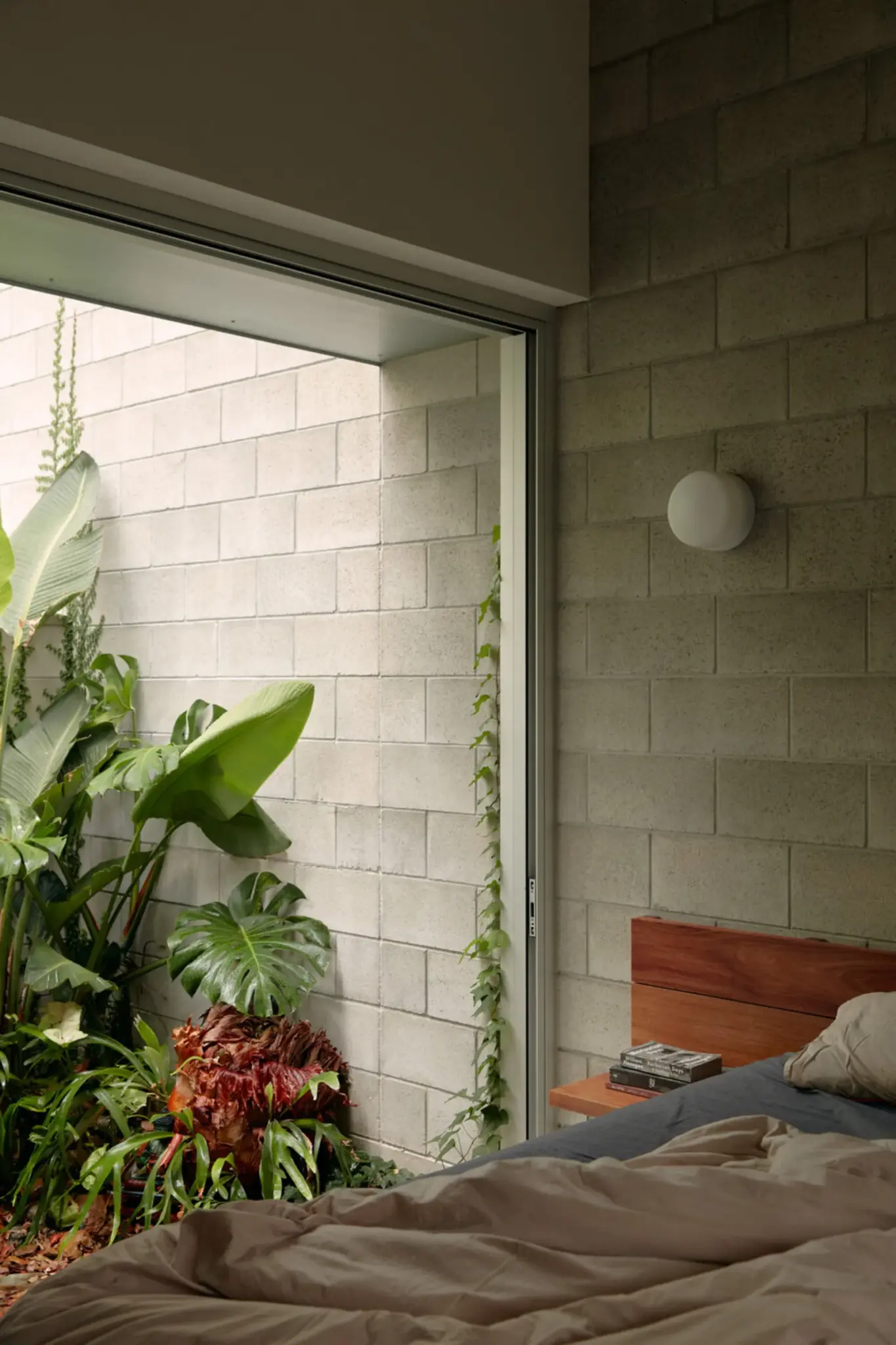
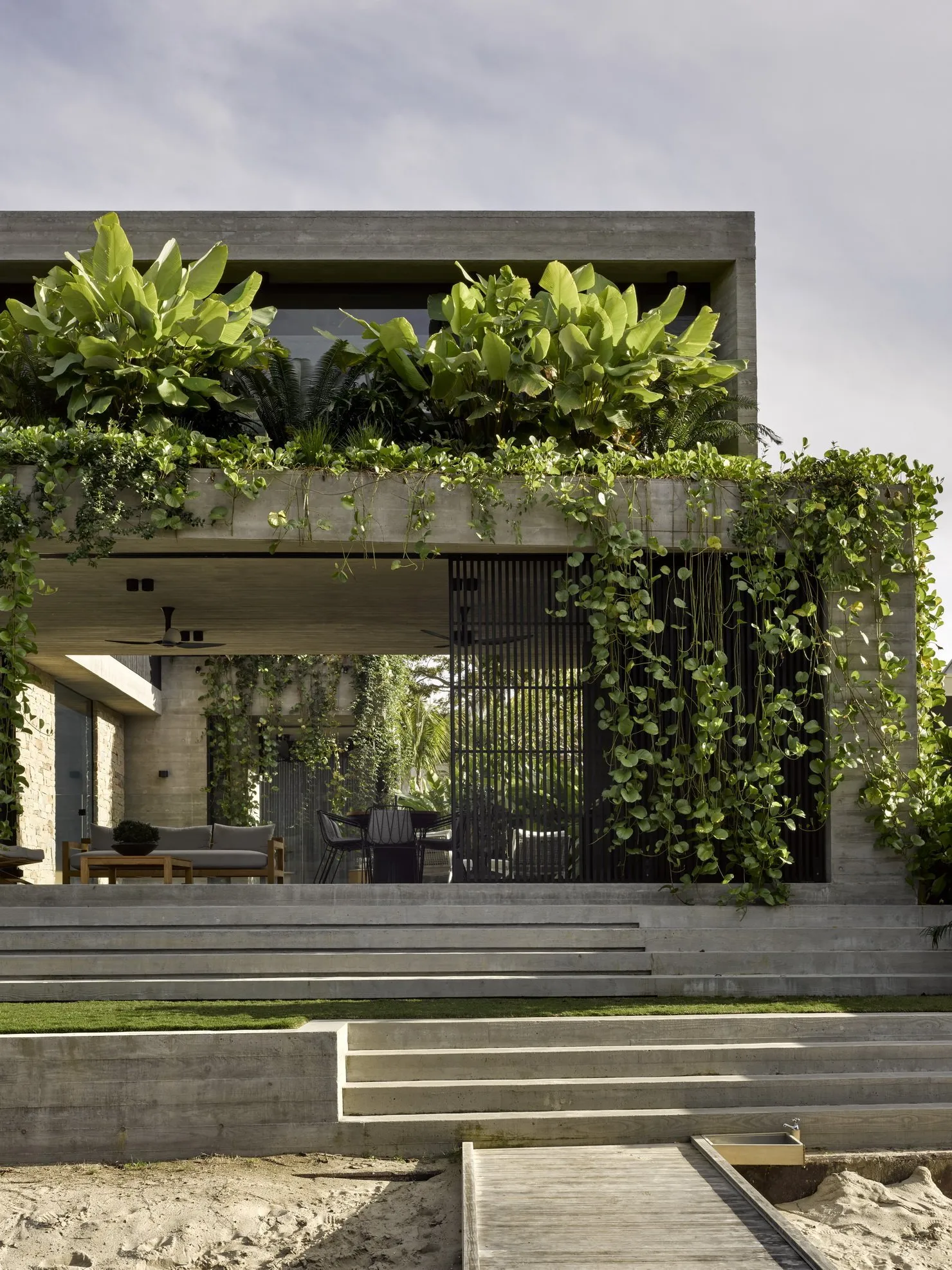
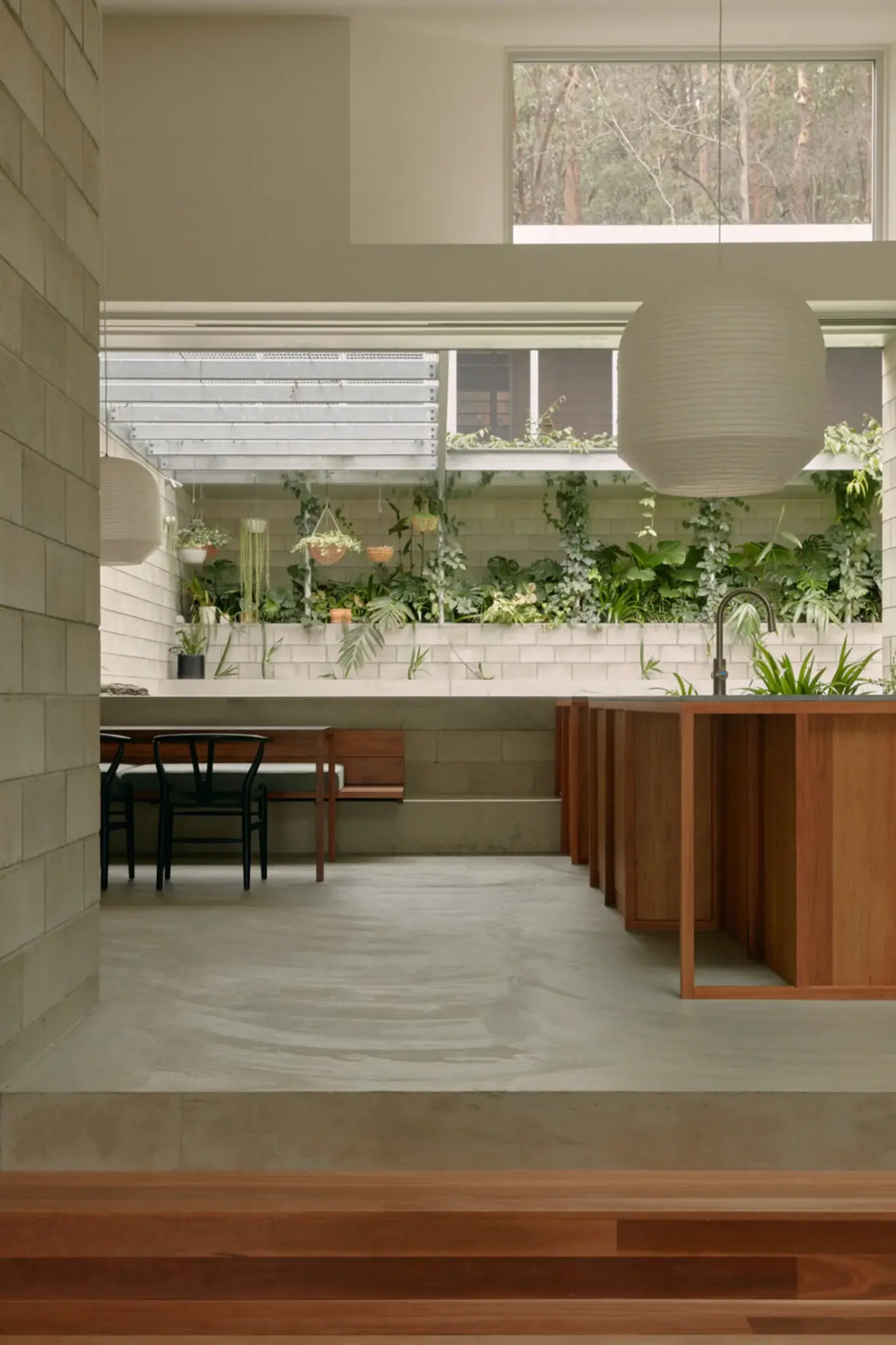
Designing with Eco Brutalism in Mind
Blending Concrete with Nature
A defining feature of eco-brutalism is its ability to merge raw concrete with greenery. Instead of cold, imposing structures, architects soften brutalist designs with hanging gardens, moss-covered facades, and rooftop greenery. These natural elements improve aesthetics, enhance air quality, regulate temperature, and promote biodiversity in urban spaces.
Beyond aesthetics, greenery plays a functional role. Vertical gardens and green roofs act as natural insulators, reducing indoor temperatures in summer and retaining heat in winter. Integrating trees and climbing plants in architectural design helps mitigate air pollution and provide natural shade, reducing urban overheating.
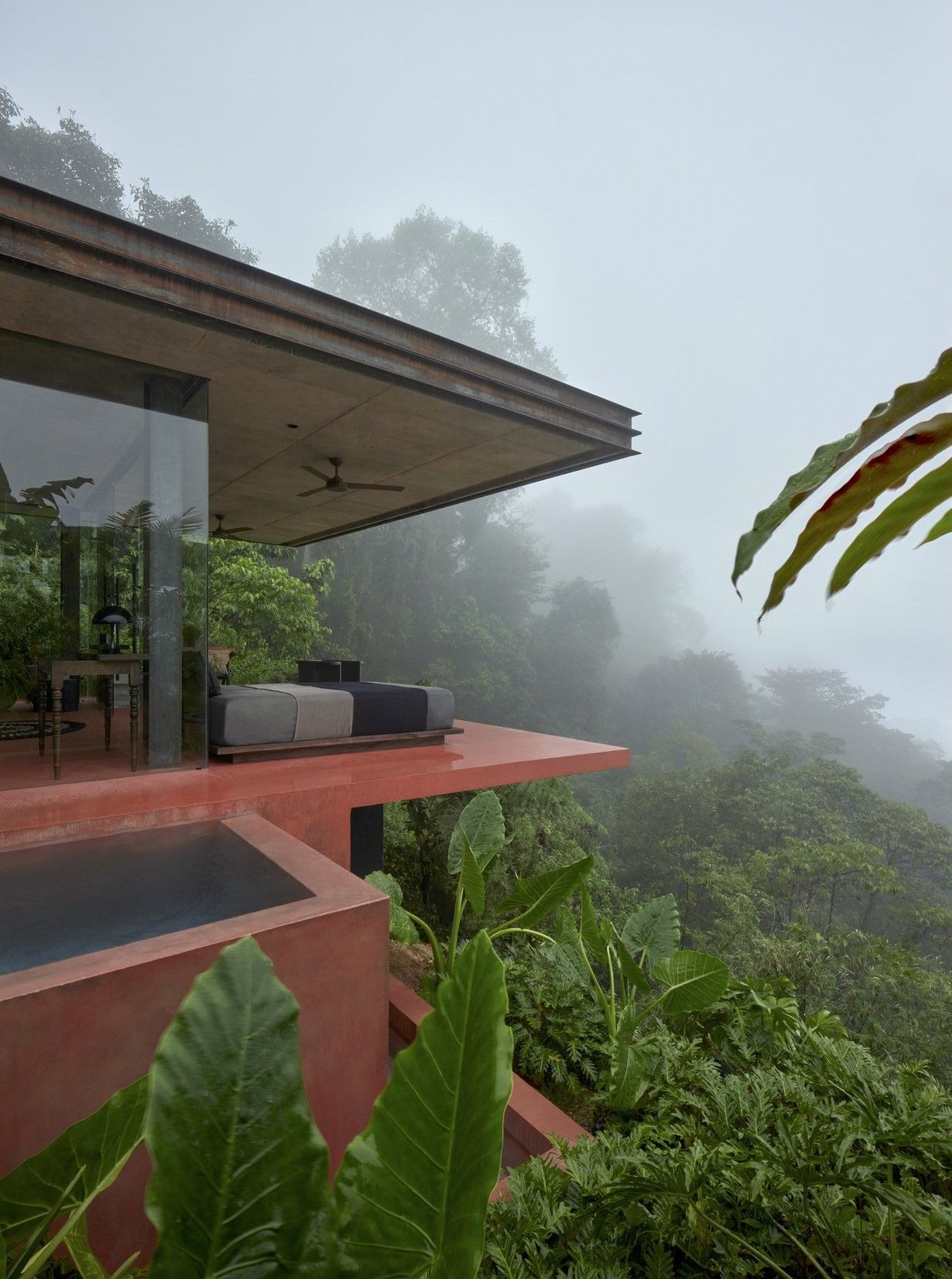
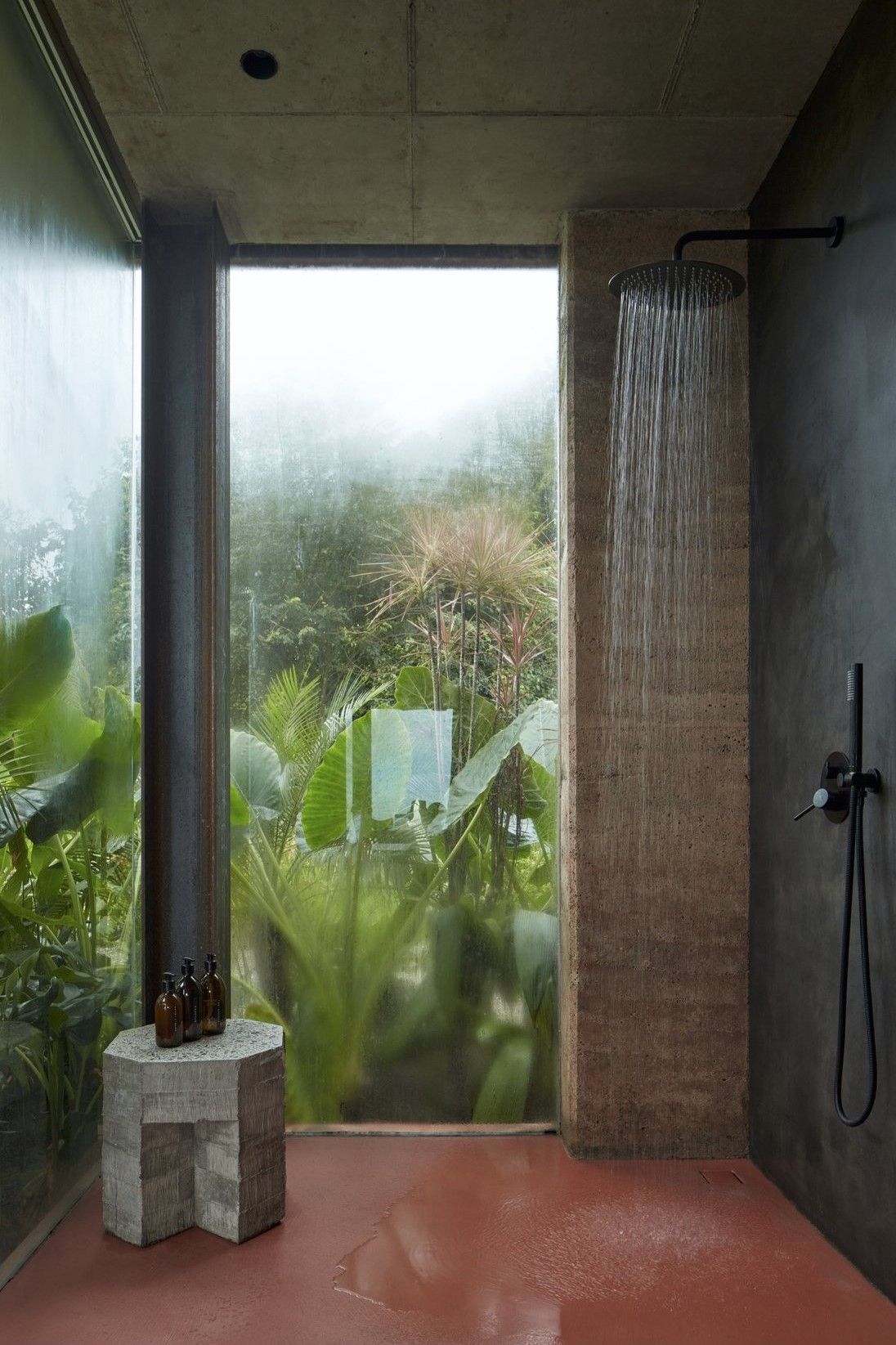
Sustainable and Recycled Materials
Eco brutalism challenges traditional construction by incorporating recycled and repurposed materials. Rather than relying on newly produced concrete with a high carbon footprint, architects use reclaimed wood, salvaged steel, and repurposed stone. These choices create organic, textured buildings deeply connected to their surroundings.
Additionally, the use of low-carbon concrete is gaining traction. By replacing traditional cement with alternative materials such as fly ash or slag, architects reduce emissions associated with concrete production. This shift aligns with the broader goal of sustainable architecture, ensuring that eco brutalist buildings are as environmentally responsible as they are visually striking.
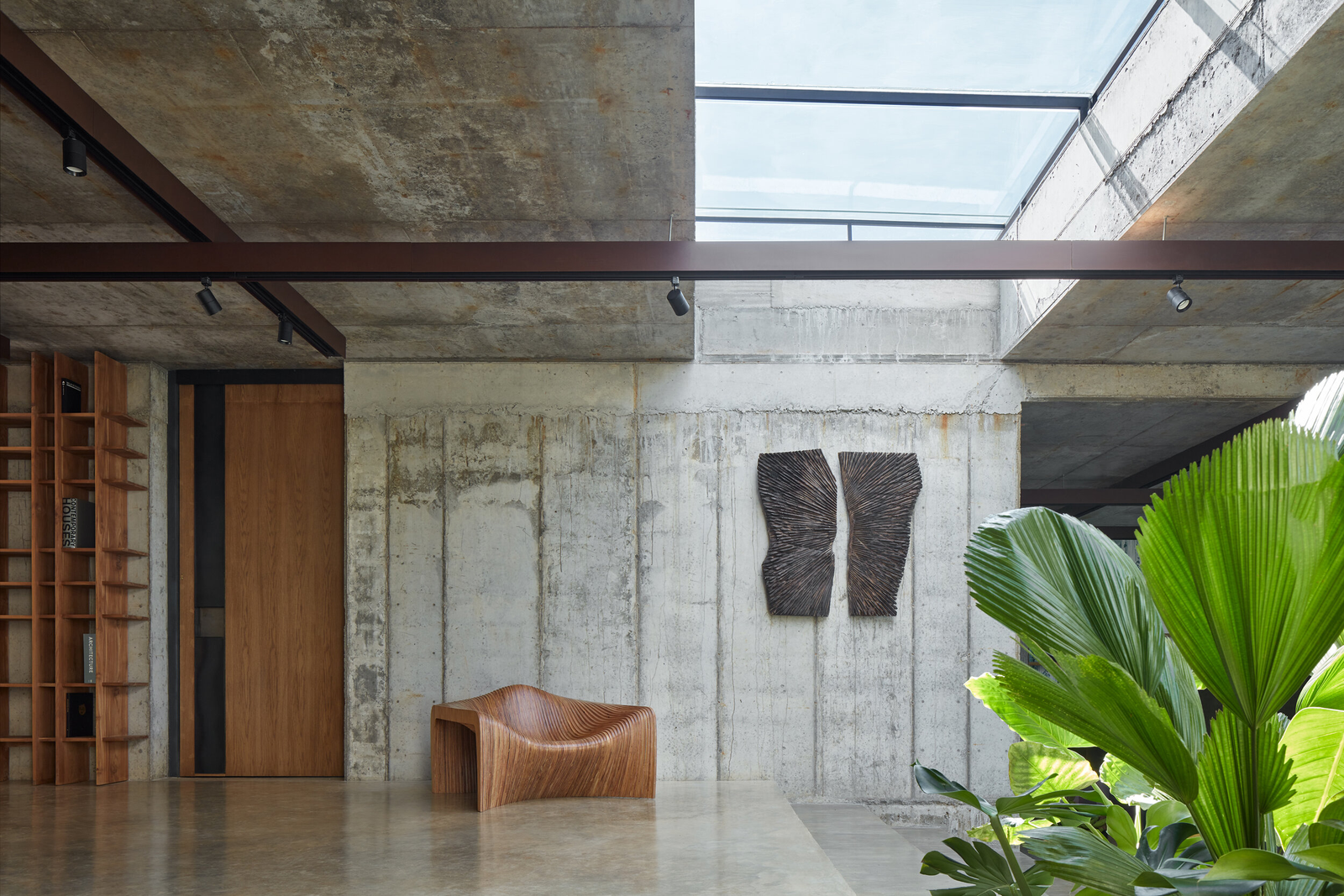
Energy Efficiency and Self-Sufficiency
Beyond materials, eco brutalism prioritizes energy efficiency. Thick concrete walls, a staple of brutalist architecture, provide natural insulation, reducing the need for heating and cooling. Paired with solar panels, passive cooling techniques, and rainwater collection systems, these buildings become more self-sufficient and environmentally responsible.
Incorporating passive design strategies further enhances efficiency. Large windows are strategically placed to maximize natural light and minimize artificial lighting needs. Cross-ventilation systems ensure airflow, reducing dependence on mechanical cooling. These elements make eco brutalist buildings aesthetic statements and functional, self-sustaining spaces.

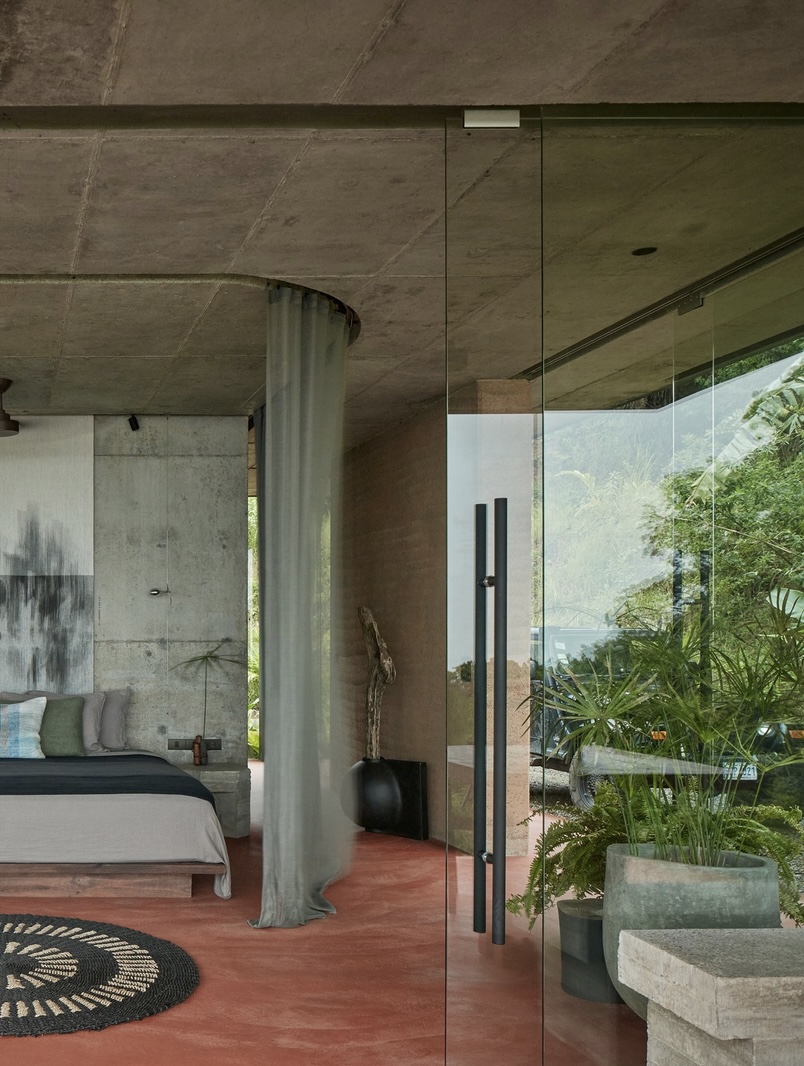
Minimalist Interiors with a Natural Touch
Inside, eco brutalist spaces maintain a raw yet inviting aesthetic. Concrete surfaces are balanced with wood, stone, and indoor greenery, ensuring a warm, livable atmosphere. Large windows and open layouts maximize natural light and ventilation, creating interiors that feel both minimalist and connected to nature.
Furniture and decor follow a minimalist yet organic approach. Rather than overwhelming spaces with excessive furnishings, eco brutalist interiors emphasize functional design with natural materials. Think wooden shelving, stone countertops, and furniture crafted from repurposed materials—all reinforcing the eco-conscious theme.
Why Eco Brutalism is the Future of Architecture
The rise of eco brutalism aligns with growing concerns about climate change, urban overpopulation, and resource scarcity. As cities expand, architects seek solutions that minimize environmental harm while enhancing livability.
Aesthetic Appeal Meets Sustainability
One of the biggest misconceptions about brutalism is that it feels cold and unwelcoming. However, eco-brutalism breaks this stereotype by introducing lush greenery, warm natural textures, and organic shapes into brutalist structures. This fusion of rugged industrialism and soft natural elements creates striking yet livable spaces.
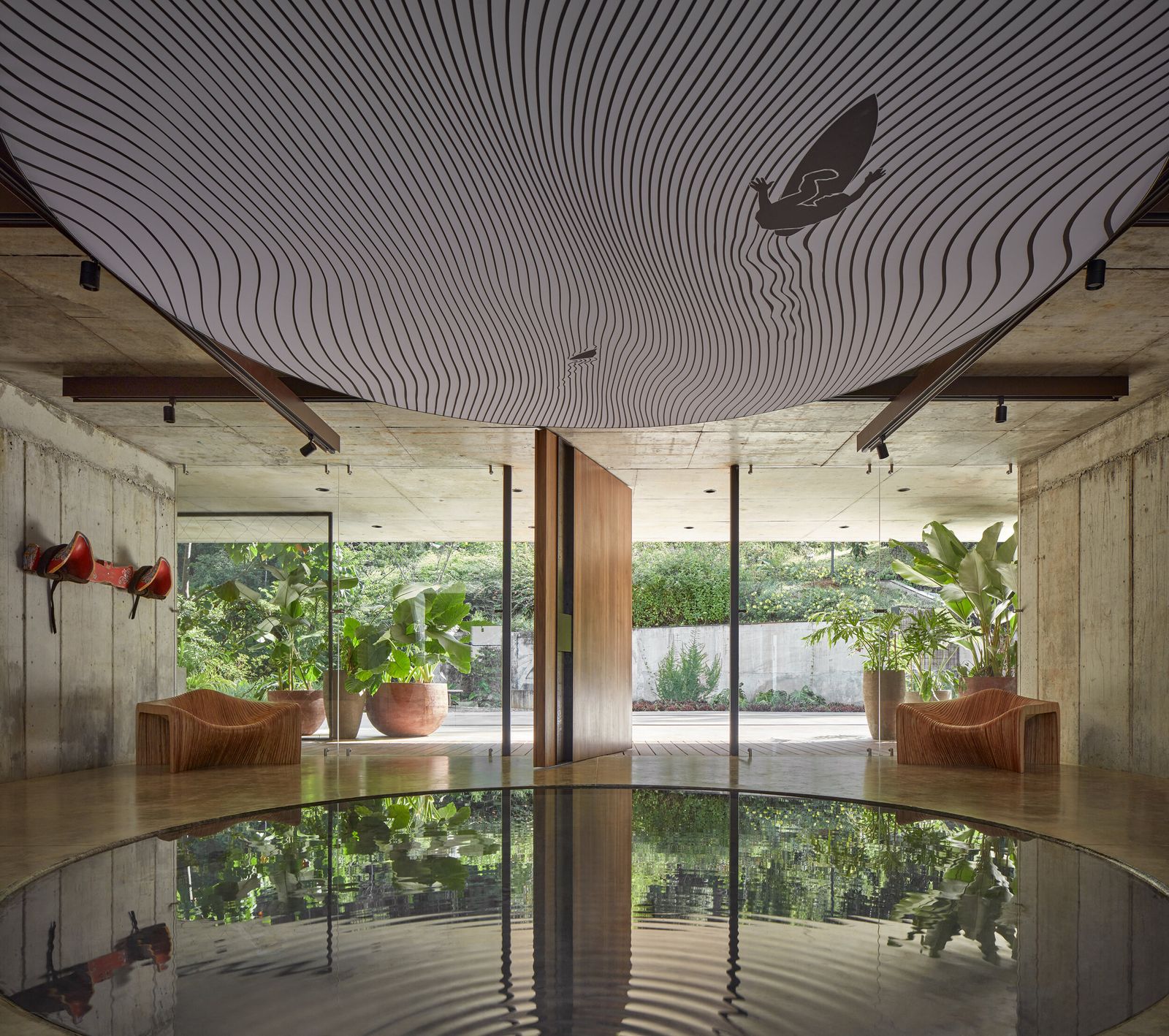
Sustainable Construction for a Greener Future
Traditional construction methods contribute significantly to carbon emissions and waste. By embracing recycled materials and passive energy strategies, eco brutalism reduces the environmental footprint of new developments.
Adapting to Future Challenges
With cities facing limited space, extreme weather, and pollution, eco-brutalism offers a forward-thinking solution. By combining durability, energy efficiency, and nature-inspired design, this movement is paving the way for future urban landscapes that are both resilient and sustainable.
HOMMÉS Studio: Merging Eco Brutalism with Luxury Design
At HOMMÉS Studio, we are driven by a commitment to luxury and sustainability. The principles of eco brutalism, using raw materials, greenery, and energy-efficient design, align perfectly with our vision of creating beautiful and eco-conscious spaces.
Like eco-brutalism, we integrate natural elements like wood and stone with raw industrial materials to create grounded yet luxurious interiors. Our designs reflect a harmonious balance of bold aesthetics and sustainable practices, ensuring every project looks stunning and minimizes its environmental footprint.
By embracing eco-brutalism, HOMMÉS Studio is helping shape a future where luxury and sustainability coexist, creating timeless interiors for clients who value elegance and responsibility.
Embracing Eco Brutalism in the Years Ahead
As the world shifts towards more sustainable living, eco brutalism proves architecture can be bold and environmentally conscious. By integrating greenery, recycled materials, and energy-efficient systems, this movement challenges outdated urban design and provides a vision for the future of sustainable cities.
Want to stay ahead of the latest architectural trends? Download our exclusive 2025 Trends Ebook and discover the future of design today!
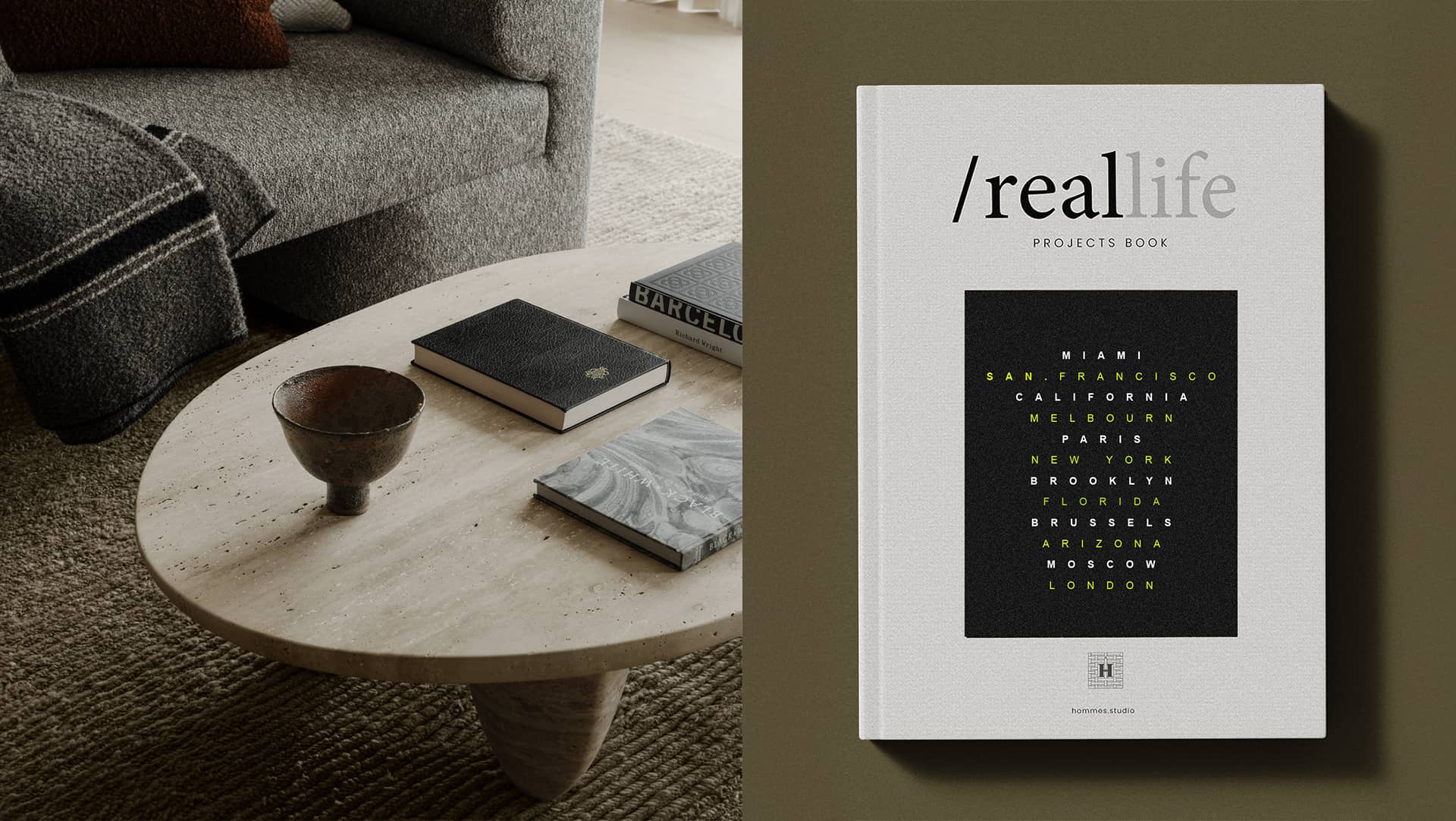
Sources: Livingetc & Hype & Hyper
